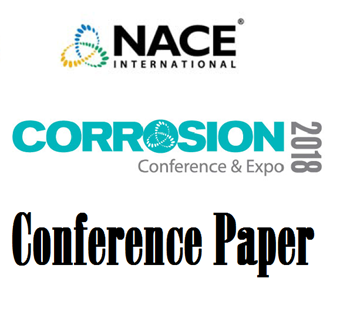Search
51312-01339-Determination of Skin Burn Temperature Limits for Insulative Coatings Used for Personnel Protection
Also Purchased
51318-10672-Development of a new Test Method for Thermal Conductivity and Insulation Value of Insulative Coating
Product Number:
51318-10672-SG
Publication Date:
2018
$20.00
51312-01329-Prediction of the Temperature Effect on Pit Stability using Stochastical Modeling of the Pit Localis
Product Number:
51312-01329-SG
ISBN:
01329 2012 CP
Publication Date:
2012
$20.00
51312-01327-The Impact of Circulation and Water Treatment Chemistry on Boiler Tube Failures
Product Number:
51312-01327-SG
ISBN:
01327 2012 CP
Publication Date:
2012
$20.00




